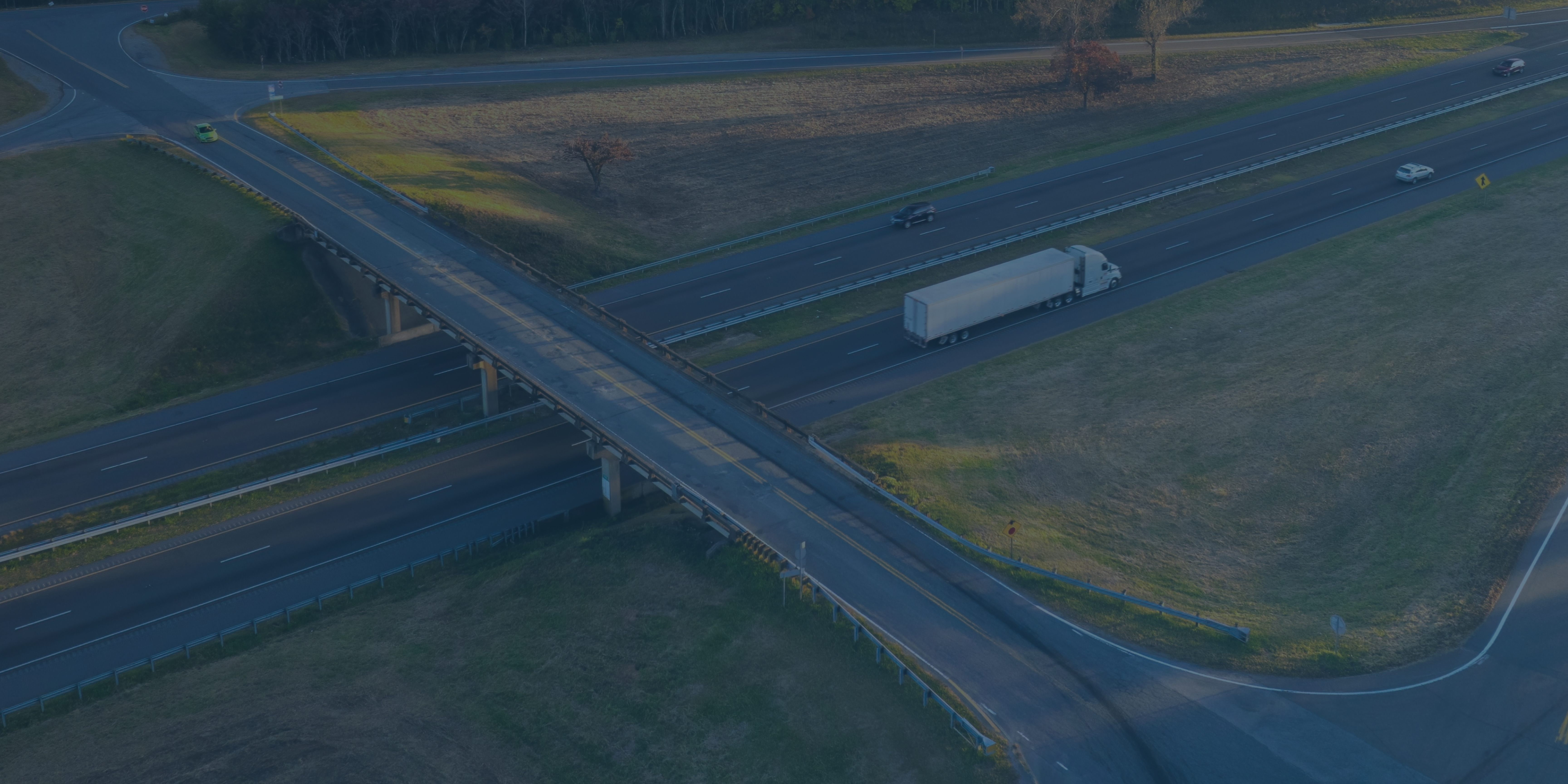
Before it was the cutting-edge technology we know today, telematics was just a word that described the simple fusion of informatics and telecommunications. Today, telematics spans across the automotive space, influencing vehicle manufacturers, fleet managers and auto insurers. So, how did telematics become a premier methodology for assessing risk and evaluating driving behavior? Let’s embark on a journey through time to explore the origins, technological breakthroughs and prospects of telematics in auto insurance.
The Birth of GPS
The roots of telematics can be traced back to the invention of the Global Positioning System (GPS) in the middle of the 20th century. The U.S. Department of Defense first developed GPS to gain information on weapons positioning. This sparked a wave of innovation across various industries in the early 1980s when President Reagan released the technology to commercial airlines.
Once GPS was released to the general public in the late 1980s, companies like the Magellan Corporation began to introduce handheld GPS systems that were not quite accessibly priced but played a pivotal role in advancing the technology.
Technologies That Enable Telematics
As GPS grew, it was combined with other technologies to develop critical telematics solutions that we now leverage in many ways across the automotive industry. Let’s look at a few of the technologies that enable telematics:
1. GPS Technology
The integration of GPS technology enabled insurers to track the precise location and movement of vehicles in real time. This capability facilitated accurate mileage tracking and later allowed insurers to assess risk based on factors like driving routes, gas usage and road conditions.
2. Wireless Communication
The advent of wireless communication technologies, such as cellular networks and Bluetooth, facilitated seamless data transmission between vehicles and insurance companies’ servers. This enabled real-time monitoring of driving behavior and timely feedback to policyholders.
3. Data Analytics
The rise of sophisticated data analytics tools empowered insurers to process vast amounts of telematics data and derive actionable insights. By leveraging machine learning algorithms and predictive analytics, insurers could identify patterns, trends and risk factors with greater precision, leading to more accurate risk assessment and pricing models.
The Evolution of Telematics in Insurance
The earliest insurance telematics program introduced to personal lines consumers dates back to 1998. This usage-based insurance (UBI) offering utilized a device plugged into the vehicle’s diagnostic port for a specific timeframe and was later returned to the insurance company. The insurance company would then adjust insurance premiums based on the driver’s actual risk factors. Like UBI programs today, the device would collect data on driving behavior, including mileage, speed, braking patterns and time of day. This pioneering initiative marked the dawn of a new era in insurance, where policy premiums could be personalized based on individual driving habits rather than generalized risk factors.
Fast-forward to today and nearly every personal lines insurance company offers some form of UBI. Although the technology is available, consumers are still warming up to the idea of having their driving monitored. According to a survey that SambaSafety conducted in collaboration with the National Alliance for Insurance Education and Research, “52% of agents report that UBI participation across their personal auto portfolio is less than 1 in 10.”
Check Out Our 2023 Telematics Report:
“Insight into Insurer Data Strategies and Sentiments”
Commercial fleets, on the other hand, are increasingly connected. They leverage telematics to improve their operations and safety initiatives, opening the door for insurers to access the data to build personalized policies. Third-party service-based companies, like SambaSafety, are growing to help close the telematics availability gap for the commercial auto industry as well.
Navigating Towards Tomorrow
As we gaze into the future, the potential of telematics in insurance appears boundless. At the beginning of 2024, Charles Smith, Vice President of Product at SambaSafety, shared some of his insight into what the future holds for commercial carriers with PC360:
1. Telematics as an industry is becoming an open ecosystem supporting multiple specialized solutions.
Commercial fleets have varying needs and objectives for telematics (e.g. fuel and logistics), depending on their industry, size and fleet makeup. A distinct division is emerging between the new, fast-growing entrants that are driving an open ecosystem and incumbents that are not.
2. The use of cameras is growing at unprecedented rates across commercial fleets.
Fleet managers and insurers are both working to protect themselves against nuclear verdicts, relying on visual evidence more than ever to do so.
3. Telematics adoption within fleets will outpace personal auto adoption.
This will create a proving ground for commercial auto product learnings to inform and improve mass-market personal auto solutions.
The history of telematics in auto insurance is a testament to the power of innovation and technology to transform traditional industries. From its humble beginnings as a developing concept in the late 20th century to its current status as a cornerstone of modern insurance practices, telematics has reshaped the way insurers understand and manage risk. As we chart a course toward the future, the journey of telematics continues, promising new possibilities and opportunities to create safer, smarter and more sustainable transportation systems for generations to come.
Dive Deeper into the Telematics Revolution
To learn more about trends across the insurance industry, explore our 2023 Telematics Report, “From Perception to Practice: An Insight into Insurer Data Strategies and Sentiments.”



